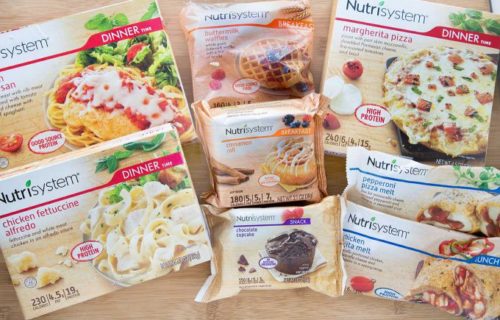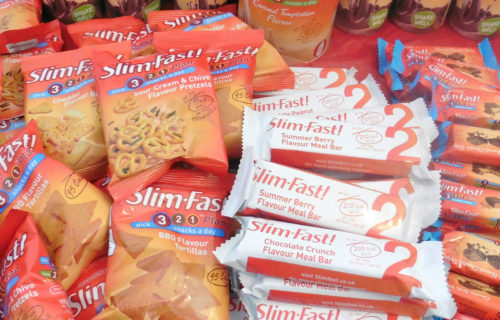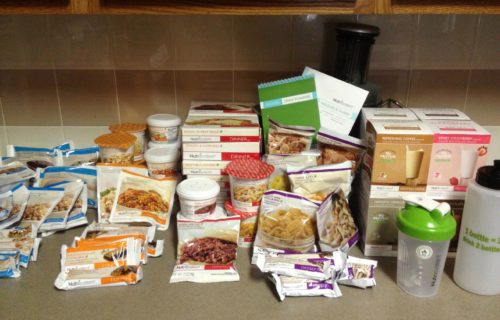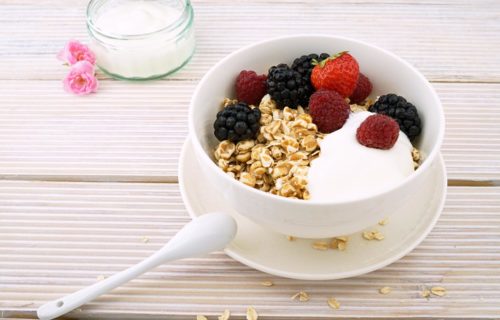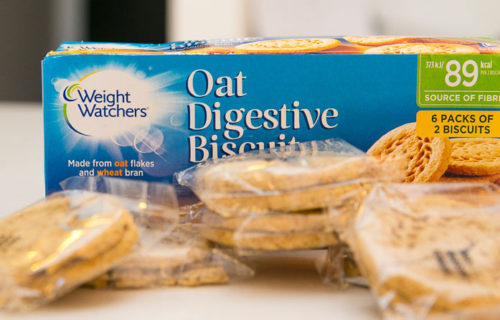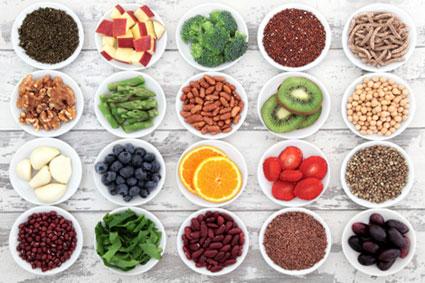WHAT IS THE SUBWAY DIET?
The Subway Diet is a diet with a simple premise: eat Subway sandwiches, lose weight. While popularized by the company’s former spokesperson, Jared Fogle, Subway has never endorsed this diet. The company’s dietician, Lanette Kovachi, actually said quite the opposite, “We don’t expect people to eat all Subway,” Kovachi told a reporter from Business Insider. “We want people to have a balanced diet.”
A lack of company support did not stop the diet from spreading like wildfire in the early 2000s. If you ignore his later conviction and focus solely on Fogle’s weight-loshttps://www.dietsitried.com/wp-admin/admin.php?page=anspresss journey, it’s no wonder that this diet became popular. In less than 11 months on this diet, the company’s ex-spokesperson lost an incredible 245 pounds.
Subway Diet Ingredients and Side Effects
Here’s a list of ingredients often found in Subway sandwiches:
Gum Arabic:
A thickener harvested from the hardened sap of an Acacia tree. Common side effects of overconsumption include nausea, bloating, loose stools, gas, and digestive upsets. :
Autolyzed Yeast Extract:
A compound that results from the breaking down of yeast cells. Typically used to enhance flavor.
Disodium Inosinate:
A common food additive used to provide umami flavors.
Fructose:
Simple fruit-based sweetener used to sweeten many foods. Its use heightens the risks for liver disease, gout, and diabetes. A study by the Louisiana State University System concluded that there is “No biological need for dietary fructose.”
Soy Protein Concentrate:
Protein extracted from the soybean.
Modified Potato Starch:
Starch resulting from chemical or physical changes to natural potato starch.
DATEM:
Stabilizer used to give foods a chewy texture. Subway adds this to most of its breads. Its use leads to a myriad of side effects: nausea, fatigue, abdominal pain, headaches, stomach aches, and fatigues.
Ascorbic Acid:
A vitamin common in green vegetables and citrus fruits. Essential to maintaining connective tissue health.
Fumaric Acid:
A crystalline acid present in many plants. A common substitute for citric acid.
Sodium Nitrate:
A preservative found in processed meats like bacon and beef jerky. Various clinical studies link it to increase risk for Alzheimer’s, colon cancer, stomach pain, and damaged DNA. Livestrong.com adds that sodium nitrate is also “associated with an increase in brain tumors, leukemia, and nose and throat tumors.”
Sodium Benzoate:
Preservative often used to prevent fungal growth. Ingesting high amounts can lead to liver and hyperactivity issues.
Polysorbate 80:
Synthetic compound with a wide variety of uses.
Calcium Chloride:
Traditional salt often used in cheesemaking.
Potassium Sorbate:
A potassium-based salt commonly used in baked goods. Recent studies linked it to various side effects: DNA damage, fewer white blood cells, and a heightened-risk of cancer.
Corn Syrup:
A sugary syrup extracted from cornstarch.SUBWAY DIET QUALITY OF INGREDIENTS
While there are many whole ingredients at Subway, including fresh vegetables and lean meats, the company also makes ample use of cheap sweeteners, processed foods, and artificial additives. Research has also linked some of these questionable ingredients, namely fructose, to weight retention. That’s not good for a ‘diet plan.’ Furthermore, consuming nothing but sandwiches is unlikely to fulfill the average person’s nutritional needs.
When you couple those facts with the diet’s potential side effects, you’re forced to admit one thing: this weight-loss plan isn’t the best.
The Price and Quality of Subway Diet
Prices vary depending on the type of sandwich and toppings selected. On average, however, a foot-long sub costs about $6. So, the diet’s recommended two subs a day, for thirty days, racks up a total bill of $360 dollars. That’s more than some car payments!
Furthermore, that price tag does not allow for any snacks, beverages, or off-menu items. When you consider the fact that most people eat three meals a day (not two sandwiches), the price of this diet is much higher than its off-the-shelf cost.BUSINESS OF SUBWAY DIET
Please be aware that Subway has never endorsed this diet. Though they make money off people who adhere to it, their spokespeople actively advise against it. If you have any questions about sandwich ingredients, or calories, however, you can reach Subway by:
- Phone: 1-800-888-4848
- Snail Mail: 325 Sub Way. Milford, CT 06461
CUSTOMER OPINIONS OF SUBWAY DIET
Judging by the few customer reviews we found, it’s unlikely you’ll see the same results as Jared Fogle:
“Tried eating like this for 2 weeks but I gained a lot of weight.”
“I did manage to lose some weight but I had to make smart voices (sic) and skipped out on cheese and oils”
“Another day down and I have not lost any weight buy (sic) eating like this
“This is just a marketing scheme by Subway, I doubt eating like this would be healthy to do.”
There were mixed experiences from people. Some who were obese did manage to lose weight, while others said they actually gained weight.
BENEFITS OF THE SUBWAY DIET
- Offers plenty of vegetables and lean meats.
- Stops you from wasting time in the kitchen.
- Only has a few, easy-to-follow guidelines.
DRAWBACKS OF THE SUBWAY DIET
- Sandwiches contain plenty of unhealthy additives.
- Eating off this plan tends to leave people hungry. Cheating is common.
- Comes in at nearly $400 dollars for just two meals a day.
Not endorsed by Subway themselves.
CONCLUSION – DOES SUBWAY DIET WORK?
While promoted by a former spokesperson, the Subway Diet is not an official diet nor endorsed by the company. While you can lose weight by eating low calorie subs, the effectiveness of this depends wholly on the ingredients and toppings choosing. A few customers did manage to lose weight by this method. Many others, potentially due to the fructose in the bread, actually gained weight. The use of cheap additives, and highly-processed ingredients, makes it difficult to recommend this diet.
We suggest you take a look at a higher-rated program, such as 18 Shake, Weight Watchers, or Nutrisystem.













